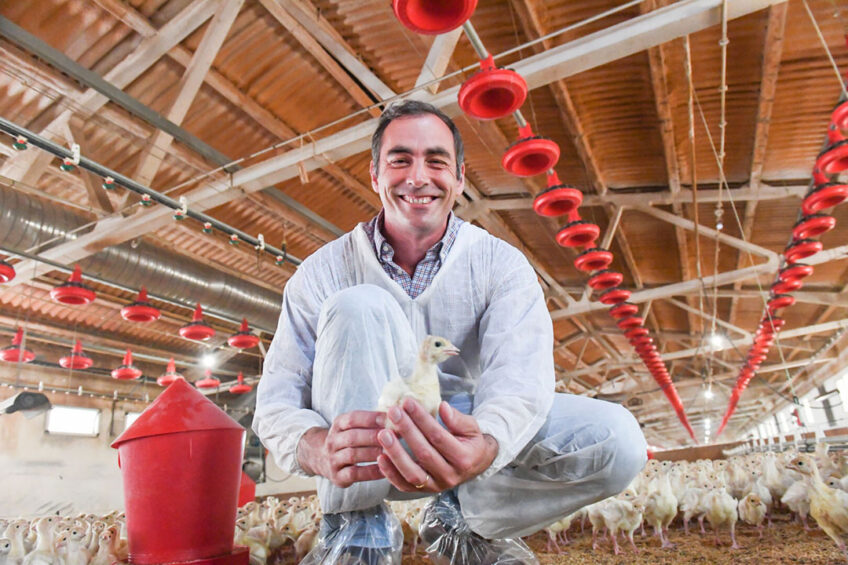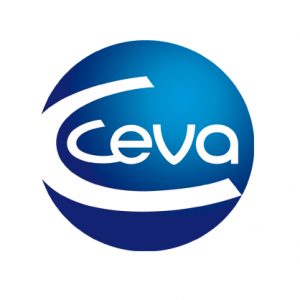Gumboro control in the field

Gumboro disease virus (IBDV) can persist in the poultry house within the litter for a long time and that´s why it is considered a resident disease. With this in mind, vaccination should aim at protecting and preventing the disease from getting out of control.
As the IBDV is already inside the poultry facilities even before the day-old chicks are released onto the floor, the contact between the virus and chicks is inevitable.
This way, if the virus present is pathogenic the probability of a challenge for most farms will be very high.
Considering this situation, it is understandable that vaccination should aim at both protecting the broilers and preventing the challenge from getting out of control, that is, at ‘controlling’ the Gumboro Disease.
Performance and economic impact of IBDV
Nowadays the most common form of Gumboro disease is named “sub-clinical” Gumboro Disease, when clinical signs are not visible it is important to monitor all the links in the production chain, including the slaughterhouse.
In terms of performance and economic impact it is proven and documented in many different publications in the last decade, that Gumboro disease can affect weight gain, as well increase the feed conversion, secondary infections, slaughterhouse condemnations, mortality and morbidity, leading to losses and decrease of profitability.
Due to this impact, it has become important to fully control the Gumboro disease including the virus load in the farms, and type of strains circulating. The most effective tools regarding IBD to control the “virus population” in the farms is to use vaccines.
Key advantages of the vaccine
The immune-complex vaccine is prepared from live attenuated IBDV strains of the intermediate plus type, mixed in with specific anti IBDV serum to regulate the safety and release of the vaccine once the MDA levels of the bird are reduced.
The vaccines have the ability to fully colonise the bursa, to protect against all field IBD viruses, and to overcome MDA, some of the key advantages of the immune-complex vaccines.

Transmune
The vaccine works when the MDA level decreases to a point that allows the vaccine virus to be released and to reach the bursa of Fabricius. From this moment, the vaccine strain will replicate in the bursa of Fabricius, and the chicken will be immunised against any type of IBD virus (Active Immunity).
This way, Transmune can control the Gumboro disease, whether clinical or subclinical, and ensure the ‘protection’ against clinical signs following infection, but also ensure the ‘prevention’ of the disease by decreasing the population of Gumboro virus shed and by significantly reducing the risk of emergence of a variant virus.
Several experiences around the world prove that Transmune is able to displace the field virus by the vaccine virus, and flock after flock, control the Gumboro disease by reducing the risk of challenge.

Unique benefits
It is important to note immune complex vaccine can combine some unique benefits in the control of IBD:
- Live attenuated IBDV strains of the intermediate plus type, able to block the bursa, and avoid the colonisation, replication and shedding of the field strains.
- Mixed in with specific anti IBDV serum that bring the safety, as the vaccine virus is release once the MDA levels of the bird are reduced, adapted chick to chick.
- Applied in the hatchery, by in-ovo or subcutaneous application, that improves the coverage and uniformity of application.
The results in the field are clear, showing that Transmune along the years is controlling the Gumboro disease by protecting the chickens and preventing of the risk of challenges.

Author: Marco Aurélio Elmer Lopes, Ceva Corporate, Libourne – France






